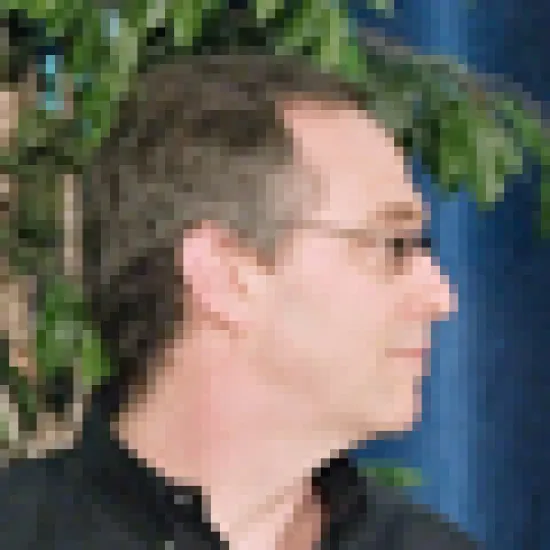D.E. Shaw’s decision to slice 10 percent of its staff is surprising, and yet not surprising at the same time. It is a little surprising because, as I have recently reported, most new money flowing into hedge funds these days is going to the largest firms. And Shaw had $21 billion on July 1. However, this sum is way down from its peak of $39 billion. And while a number of large firms have seen an outflow of assets since the markets imploded in 2008, many others have seen inflows, including Baupost, Och-Ziff, Highbridge Capital Management and Brevan Howard.
I think there is something else behind the steep asset decline at Shaw: founder, David Shaw, is no longer heavily involved in the firm’s day to day operations. About nine years ago he left this task to a group of six individuals after watching Julian Robertson and Michael Steinhardt shut down their firms when they decided they had enough. D.E. Shaw is one of many hedge fund firms that hope to outlive its founder, an obsession among many long-time hedge fund luminaries. Until now Shaw and Highbridge have come closest to meeting the goal of outliving their founder. And they probably will pull it off. But Shaw’s current plight is partly a reminder that it is not easy - and it’s dependent upon more than good performance.
After all, last year Shaw’s Composite International fund was up 21.1 percent and Oculus fund was up 8.7 percent. So, the jury is still out on Shaw. Highbridge, which last year completed its sale to JPMorgan Chase, will probably pull it off. It saw co-founder Henry Swieca leave in June 2009. However, remember that the other co-founder, Glenn Dubin, is not only still hanging around, he runs the Highbridge operation.
When Stanley Druckenmiller announced in August that he planned to retire, he said he plans to return all of the money to his clients and close down his firm, Duquesne Capital, in 2011. He didn’t say it, but Duquesne without Druckenmiller has little value. Highbridge, on the other hand, has two advantages few other hedge fund firms have. First, the founders’ names are not on the door. Swieca smartly insisted on not calling their firm Dubin & Swieca when it was created in 1992. More importantly, Dubin and Swieca never pulled the trigger at their multi-strategy fund on a day to day basis.
Sure, they played a major management role, selected the managers, and got heavily involved in risk management and asset allocation. But, investors buying Highbridge were not buying the unique trading skills of Dubin or Swieca. This was not Shaw’s strategy when the former computer scientist and computational biochemist left the quantitative hedge fund firm in 2001 to become a full time scientist again.
Questions however, swirl around many of the other high profile firms that are run by their aging founders. Others figure to face this moment of truth in the next few years. In fact, Caxton Corp.’s Bruce Kovner may actually be quietly preparing for this day already. The billionaire, who turns 65 this year, has seen his assets shrink to $8 billion from a high of $16 billion even though he has never had a down year. He also has stopped reporting very detailed information on a daily basis to hedgefundnews.com’s database, as he had done for many years.
Paul Tudor Jones II, 55, seems likely to remain at Tudor Investment for another five years but it is not clear what happens after that. Sure, the firm is working hard to ensure it has a strong team in place. But, when Jones restructured his main fund, Tudor BVI, less than two years ago, he became the dominant portfolio manager, controlling between one-quarter and one-half of assets. The goal is for Jones "to have a substantial impact on the performance," he told investors in a letter. Clearly this is not a firm that is transitioning away from its founder. So, when the day comes for him to leave, the big question will be, how many investors will remain with him, and if they remain, will they still be willing to pay among the highest fees in the business — 4 percent management fee and 23 percent performance fee?
While the largest hedge fund firms may be attracting most of the new money these days, you can figure that most of that money will go to the firms where the name of the key triggerman is still securely affixed on the door and figures to remain so for some time to come.







